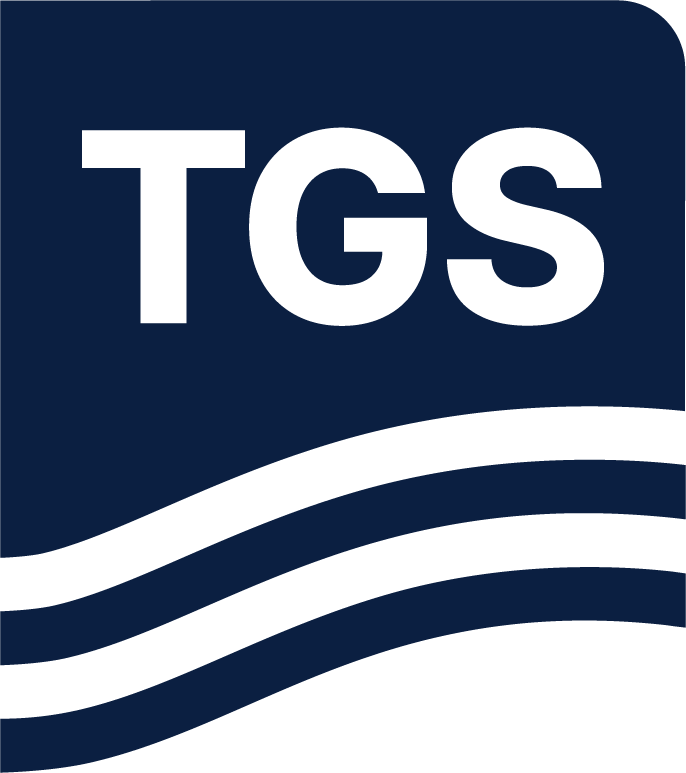First Published: GEO ExPro, May 2021
Abstract
The Intra-Zechstein plays on the flanks of the European Permian basin are complex and highly variable. The sequence includes repeating anhydrite, dolomite, and halite sequences with significant lateral facies variation. While the center of the Permian Basin is dominated by more massive halite units, the basin margins contain higher proportions of platformal carbonate and anhydrite units.
These marginal areas have proven successful in Poland, Netherlands and both onshore and offshore UK, most recently with the Ossian discovery in 2019 on the southern flank of the UK’s Mid North Sea High (MNSH). Interest in the area was further demonstrated by the success of recent licensing in the UK’s 32nd round when Shell, Deltic and Horizon all took new acreage within the play fairway, joining existing players Spirit, Chrysaor, Ardent, One-Dyas and Draupner.
In 2020, ION completed the first phase of the MNSH PRIME 3D survey, covering the entire Zechstein play fairway in the UK MNSH area. The second phase, which is industry-supported, is currently in acquisition and will be complete later this year with products available in early 2022.

Figure: Interim depth section across the first phase of ION MNSH PRIME 3D. Lateral variation in intra-Zechstein seismic facies is clearly seen with important changes between platformal and basinal facies in the lower Zechstein Z1 and Z2 units. Note the unit thins to the east in this image due to decrease in accommodation space. All seismic images North Sea Normal, white is hard. INSET: detailed stratigraphic breakdown of the Zechstein showing the repeating carbonate, anhydrite and halite units and the lateral variation between more platformal areas on the left (carbonate/anhydrite dominated) and more basinal areas on the right (halite dominated), from Patruno et al., 2017.
The Zechstein: an ignored and bypassed play
Exploration in the Southern North Sea (SNS) and on the Mid North Sea High (MNSH) area has focused on the clastic plays of the Lower Permian Rotliegend Group and earlier Carboniferous units in dominantly structural traps. The Zechstein, in contrast, is typified by multiple thin dolomite units within a dominantly anhydrite and halite sequence with variable reservoir facies and with complex geometries (Figure 2). With seismic quality unable to easily resolve reservoir variability, it was not the primary target for exploration, also meaning that wells through the Zechstein unit were neither aimed at the most prospective parts, nor significantly investigated.
However, there are several hints toward the potential of this unit. But exploration efforts are hampered by a lack of large, modern, high-quality 3D seismic in the most prospective areas of the play. The ION MNSH PRIME 3D is therefore critical to imaging these complex repeating units, their lateral variability and building an understanding of reservoir distribution and prospectivity.
Read the full article here.

